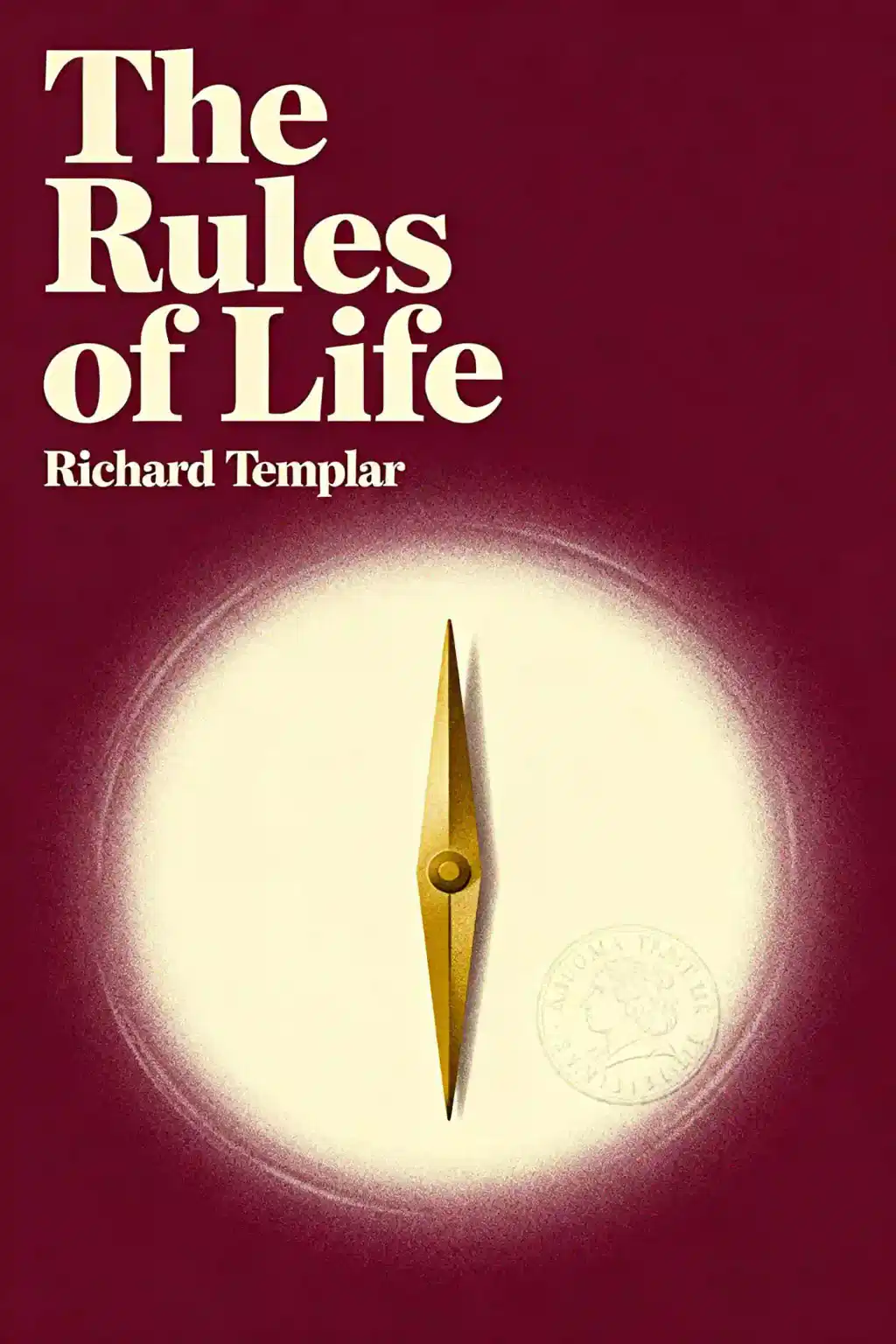What is "8 Rules of Love" by Jay Shetty about?
"8 Rules of Love" provides actionable steps to cultivate healthy relationships through Vedic wisdom and modern science. Jay Shetty breaks love into four stages—Preparing, Practicing, Protecting, and Perfecting—with eight rules guiding self-love, partnership growth, conflict resolution, and universal compassion. It covers the entire relationship cycle, from dating to breakups, replacing clichés with practical skills like defining love explicitly and prioritizing relationships.
Who should read "8 Rules of Love"?
This book suits anyone seeking to improve relationships: singles learning self-love, couples navigating partnership dynamics, or individuals healing from breakups. It’s especially valuable for those drawn to spiritual-meets-practical frameworks, as it merges ancient Indian philosophy with contemporary psychology. Its structured approach helps readers build emotional maturity and avoid repetitive relationship pitfalls.
Is "8 Rules of Love" worth reading?
Yes, for its actionable, structured approach to relationships. Shetty’s blend of Vedic traditions and science offers fresh insights, though some note concepts aren’t entirely novel. The rules—like "Define love, don’t assume it"—provide tangible tools for communication and conflict resolution. Reviews highlight its practicality, but critical readers may find overlaps with existing self-help literature.
Jay Shetty is a #1 New York Times bestselling author, former monk, and host of the world’s top health podcast, On Purpose. His work translates ancient wisdom into modern life, covering mindfulness and relationships. With over 50 million social media followers and collaborations with Netflix and Google, he’s recognized for making spiritual growth accessible.
What are the four stages of love in "8 Rules of Love"?
Shetty’s four stages form the book’s framework:
- Preparing for Love: Building self-love through solitude and addressing past baggage.
- Practicing Love: Nurturing partnerships via communication and shared growth.
- Protecting Love: Managing conflicts or breakups constructively.
- Perfecting Love: Extending compassion universally.
This progression fosters emotional maturity.
What are the eight rules of love?
Shetty’s rules are:
- Let Yourself Be Alone: Cultivate self-love through solitude.
- Don’t Ignore Your Baggage: Address past relationship patterns.
- Define Love, Don’t Assume It: Clarify expectations explicitly.
- Your Partner Is Your Guru: Learn collaboratively.
- Prioritize the Relationship: Dedicate time/energy.
- Win or Lose Together: Approach conflicts as a team.
- You Don’t Break in a Breakup: Grow from endings.
- Love Again and Again: Extend love universally.
What does Rule 3 ("Define love, don’t assume it") mean?
Rule 3 stresses openly discussing love’s meaning with partners—replacing assumptions with mutual clarity. Shetty urges couples to align on values, communication styles, and long-term visions early on. This prevents misunderstandings and builds a foundation where both partners feel understood. Therapists endorse this for reducing conflicts rooted in unspoken expectations.
How does Rule 5 ("Prioritize the relationship") apply practically?
Rule 5 emphasizes intentional time/energy investment: scheduling quality time, setting digital boundaries, and making joint decisions. Shetty warns against neglecting the relationship amid work or social demands. Examples include weekly check-ins and shared rituals, ensuring both partners feel valued. This fosters security and prevents emotional drift.
What are key quotes from "8 Rules of Love"?
Notable quotes with interpretations:
"Language created ‘loneliness’ for the pain of being alone and ‘solitude’ for its glory."
Meaning: Solitude builds self-awareness, transforming aloneness into strength.
"You don’t break in a breakup."
Meaning: Breakups catalyze growth, not destruction.
"Your partner is your guru."
Meaning: Relationships are mutual learning journeys.
What criticisms exist for "8 Rules of Love"?
Critics note:
- Unoriginal frameworks: Some concepts repackage existing Vedic or therapeutic ideas without novel insights.
- Idealistic execution: Rules like "Win or lose together" may oversimplify complex conflicts.
- Repetitive structure: The four-stage model feels formulaic to readers familiar with Shetty’s prior work.
Despite this, its actionable advice receives broad praise.
How does "8 Rules of Love" compare to other relationship books?
Unlike abstract guides (e.g., The Art of Loving), Shetty offers a structured, phase-based toolkit—closer to Gottman’s research-backed methods but infused with spirituality. Its standout focus on self-love as foundational distinguishes it; most books prioritize partnership tactics first. While less academic than Attached, it’s more accessible for practical application.
Why is "8 Rules of Love" relevant today?
In an era of digital detachment and fleeting connections, Shetty’s emphasis on intentional love resonates. Rules like "Prioritize the relationship" counterbalance screen-dominated interactions, while "Define love" addresses modern ambiguity in relationships. Therapists highlight its timeliness for Gen Z/millennials navigating dating-app culture and mental health challenges.














